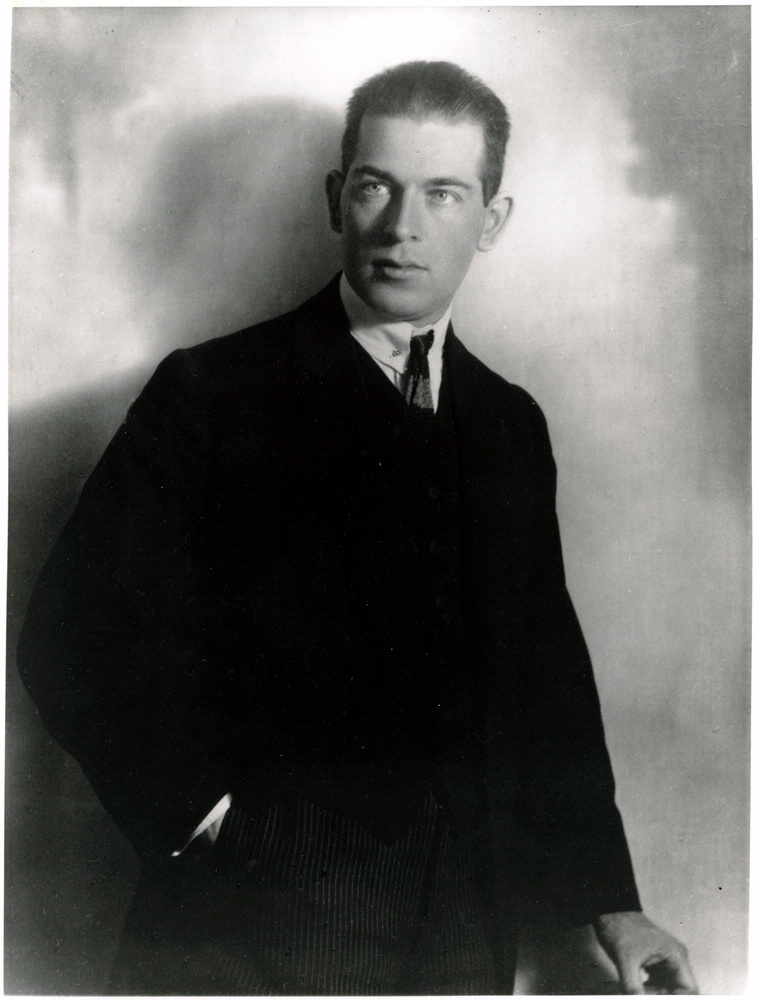Applied rockets to automobiles and sleds.
Max Valier was born on February 9, 1895, in Bozen, Austria-Hungary, now Bolzano Italy. He enrolled in the University of Innsbruck in 1913 and studied astronomy, mathematics, and physics until he enlisted in an aviation unit in the Austro-Hungarian Army during World War I (1914-1918). After the war, he attended schools in Vienna and Munich. Although he never received an advanced degree he became a successful writer on scientific matters.
In 1923, Valier read Hermann Oberth’s book The Rocket into Interplanetary Space and decided to devote his life to the realization of rocket-powered travel. The next year, with Oberth’s assistance, Valier wrote a popularized discussion of rocketry and outer space, Advance Into Space. Max Valier would continue to spread the popular appeal of spaceflight within Germany for the rest of his life.
Valier was intent on advancing rocketry on earth as well as in space and set up a systematic program with four stages of development. First would be static engine experiments; in the second stage, engines thus derived would be used in ground-based rocket-powered vehicles, such as cars and sleds; the third stage would be the production of rocket-assisted aircraft that, after constant improvements, would result in the fourth and final development, a fully rocket-propelled space ship.
On July 5, 1927, Max Valier was instrumental in creating the Verein fur Raumshiffahrt (VfR) or “Spaceflight Society,” the world’s largest amateur rocketry society at the time. Among its most illustrious members were Valier, Oberth, Klaus Riedel, Walter Hohmann, Willy Ley, and Wernher von Braun.
After extensive and successful rocket engine tests, Valier moved on to the second stage in his proposed development on March 15, 1928, when, together with Fritz von Opel and F.W. Sanders, he built the world’s first rocket car, followed in 1929 by a rocket sled. In 1928, one of his rocket cars, fueled by solid propellant rockets, reached a speed of 145 miles per hour. A year later, a Valier rocket sled reached a speed of 250 miles per hour.
Satisfied with the performance of both vehicles, Valier began the third stage of his research by experimenting with liquid propellant rockets for aircraft. On May 17, 1930, Max Valier was killed in an accident in Berlin when one of his liquid oxygen-gasoline fueled rocket motors exploded on the test stand. He was buried with honors in Munich, his adopted hometown.

